Renewal Logistics Company Is The Competitive Edge That Sustainability Needs To Be Profitable
In 2013, Courtney Folk and her husband, Bryan Folk, found themselves in the middle of shipping supply chains and landfills. They were handling Bryan’s parents’ dry cleaning business as a side hustle. This garment cleaning business was the hand-me-down that launched a global logistical reversal of fabrics from fashion brands and textile companies and their disposal into landfills, as well as flooding the second-hand markets.
Bryan is a chemist by trade and has chemically engineered, crafted, and formulated the techniques that Renewal Logistics uses to repair apparel. Courtney worked in sales at Verizon in 2002 before being liaised into the dry cleaning business, where she laid out the operations and management, transforming the drycleaning business into a reverse logistics company in 2013. Courtney would be the one to broker the deals that would build a sustainable company focused on circular fashion solutions while making profits. As the marketing of the ‘90s shifted consumers into fast fashion, the United States recycled only 15.2% of textile in 2017. Another 11.2 million tons of textile waste diverged into landfills.
Picture the Space Race, but this race is for circularity.
Back in 2013, an Asian factory representative reached out to Courtney and Bryan. The factory had sold 300,000 pieces to a retailer in the US but found that the majority, if not all, were covered in mold damage by the time they arrived stateside. Mold-covered apparel won't sell on the public market. With a two-week turnaround time for delivery, the factory needed a solution or would suffer a financial loss and potential company fold.
Courtney and Bryan devised a plan that would be the foundation for Renewal Logistics, and the business partners put together a presentation that would convince the fashion industry executives over at the garment factory. Obtaining a commercial operator licence enabled them to handle large-scale logistics operations with speed and compliance. This marked the beginning of their evolution into a trusted solution for fashion supply chain disruptions.
Courtney and Bryan had a meeting with the factory. They were successful in convincing the garment factory on the deal to have a new, American-based, reverse logistics company handle their supply chain issues moving forward. Overnight, the young couple, only in their 30s, built a factory at one of their storage warehouses to handle the garment intakes. Courtney created an efficient production process and Bryan resolved multiple ways to thoroughly remove all of the mold contamination without having to submerge the apparel items - with his chemist know-how. Courtney was already specialized in sales and management and says she “figured out how to scale it - 200 people on 2 shifts, for two weeks, and got it done on time!”
This encounter started their relationship with several of the larger global apparel conglomerates, which aim to operate with sustainability at the core of their larger machine. “We work with big brands to handle issues like mold contamination, packaging things for e-commerce, or changing price tags. The big thing we do is reverse logistics. We are the designated return center for all PVH brands - about 13 brands under that umbrella. All their returns from all their stores and their e-commerce come to us. We go through and sort those items and grade them to see if they are resellable. If so, we refold and package them again. ‘Does it need to be steamed, or is it damaged beyond the ability to be refurbished?’ We also warehouse anything from them that is not re-sellable. We are working with their companies on sustainability and with their Supply Chain Of The Future team,” Courtney explains.
Renewal Logistics (RL) handles everything from apparel repairs, Acceptable Quality Level (AQL) inspections, promo-kitting services, packaging for e-commerce services, refurbishment processes, as well as finishing processes. RL is specialized in mold remediation, removing fungus as well as odors through non-toxic processes, with a capacity of up to 25,000 units per day depending on the severity of the contamination. They also handle trim work and replacement services for rebranding products, price tag changes, Joker tag swaps, and re-stickering to the tune of 100,000 units per day depending on the complexity of the job.
Planning to go net-zero by 2030, Renewal Logistics is running an operation that is having a great impact on the fashion industry. Their involvement in reverse logistics, and supply chain support, as well as refurbishing garments, helps fashion businesses meet their priorities, whether operationally through maintaining inventory and helping to increase profits, as well as building solutions for keeping the business sustainable for generations to come. Or if they have the capacity, factories and garment manufacturers can focus solely on sustainability with the restorative techniques Renewal Logistics has developed.
Big brands are partnering with start-ups in this case. Renewal is working prominently with PVH [Phillips-Van Heusen Corporation] which includes big brands and household names like Tommy Hilfiger, Calvin Klein, True & Co., and more. It opens the door to conversations around new solutions to the ever-changing fashion industry. With fast fashion, products are largely produced in large quantities, speculating on future buyers’ behaviors, creating the waste that contributes to climate change. There is also labor awareness around these fabric and garment producers. Keeping items out of landfills and realizing the market on a larger scale is Renewal’s whole business and Courtney and Bryan’s career - their entire life.
From that initial encounter and offer from the factory based in Asia, Courtney says “we are now piloting several different types of A.I. to automate the grading process to determine fiber content without having to do so destructively.” Most fiber content is categorized through “burn” tests or chemical processes. Now Renewal Logistics is at a “point of handling reverse logistics and piloting all the different techniques from upcycling, to downcycling, or recycling.”
Garments go through two different processes for determining material which determines how it is recycled. A more obvious 'burn' test determines material based on how it breaks down when it is burned. The chemical process does this same job but uses chemicals to break down garment fabric. Once the material is determined, then the upcycling process can be declared.
Courtney has made Renewal Logistics a go-to company for solving logistical issues, providing inventory solutions as well. “During COVID no one was buying dress shirts. We were able to take men's dress shirts and develop patterns. We provided manufacturing resources from a management perspective, product development perspective, and human resource perspective, to be able to produce 200 women’s open back crop top shirts to be made from dress shirts in a period of weeks,” Courtney explains.
She goes on, proposing “how do you solve underwear in this space?” Courtney explains, “we were talking to Nikki [underwear company], who has a take-back program. ‘What are they doing with the items once they do the take-back?’ This is a big problem for sustainability that a lot of brands are trying to solve. [We] tap into our network to work with the brands to solve these problems together.”
Companies overproduce and they drop off the excess in landfills. Upcycling at scale has shown a lot of people that you can take something that didn’t work and turn it around into something that can work. We can extend the life cycle of certain items and keep them out of landfills. Americans are on record for doubling their clothing waste in each of the past 20 years. The number reached upward from 7 million to 14 million tons. According to the Environmental Protection Agency (EPA) in 2018, 17 million tons of textile waste were diverted to landfills, making up 5.8% of the municipal solid waste (MSW) that year. Global MSW totals close to 300 million tons, or nearly five pounds per person, each day. With 25 million tons of composted textiles, Renewal Logistics plans to assist in the 69 million tons of recycled textiles. RL is extending the life cycle of the fashion we consume daily.
HOW DO YOU FEEL ABOUT FASHION?
COMMENT OR TAKE OUR PAGE READER SURVEY
Featured


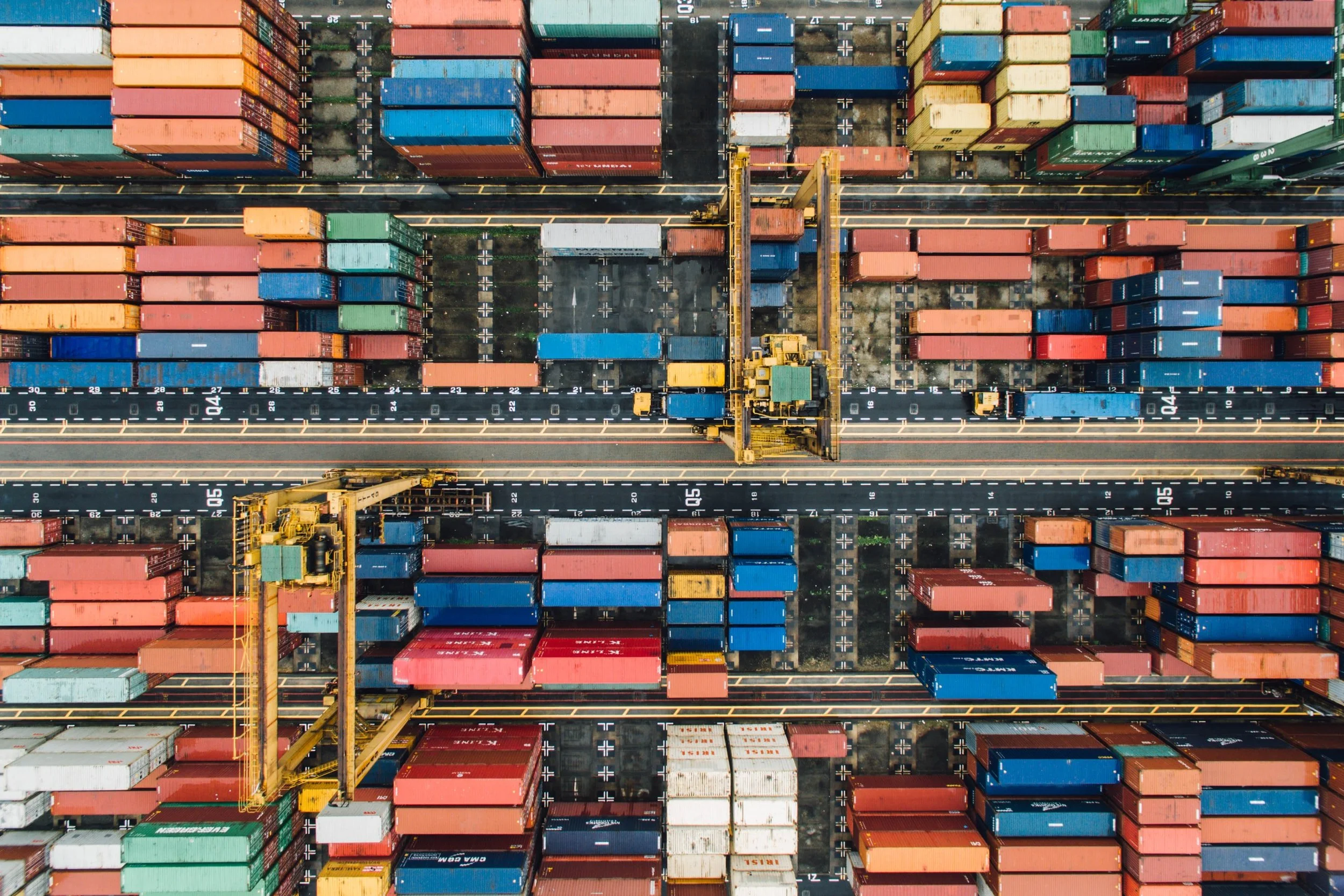
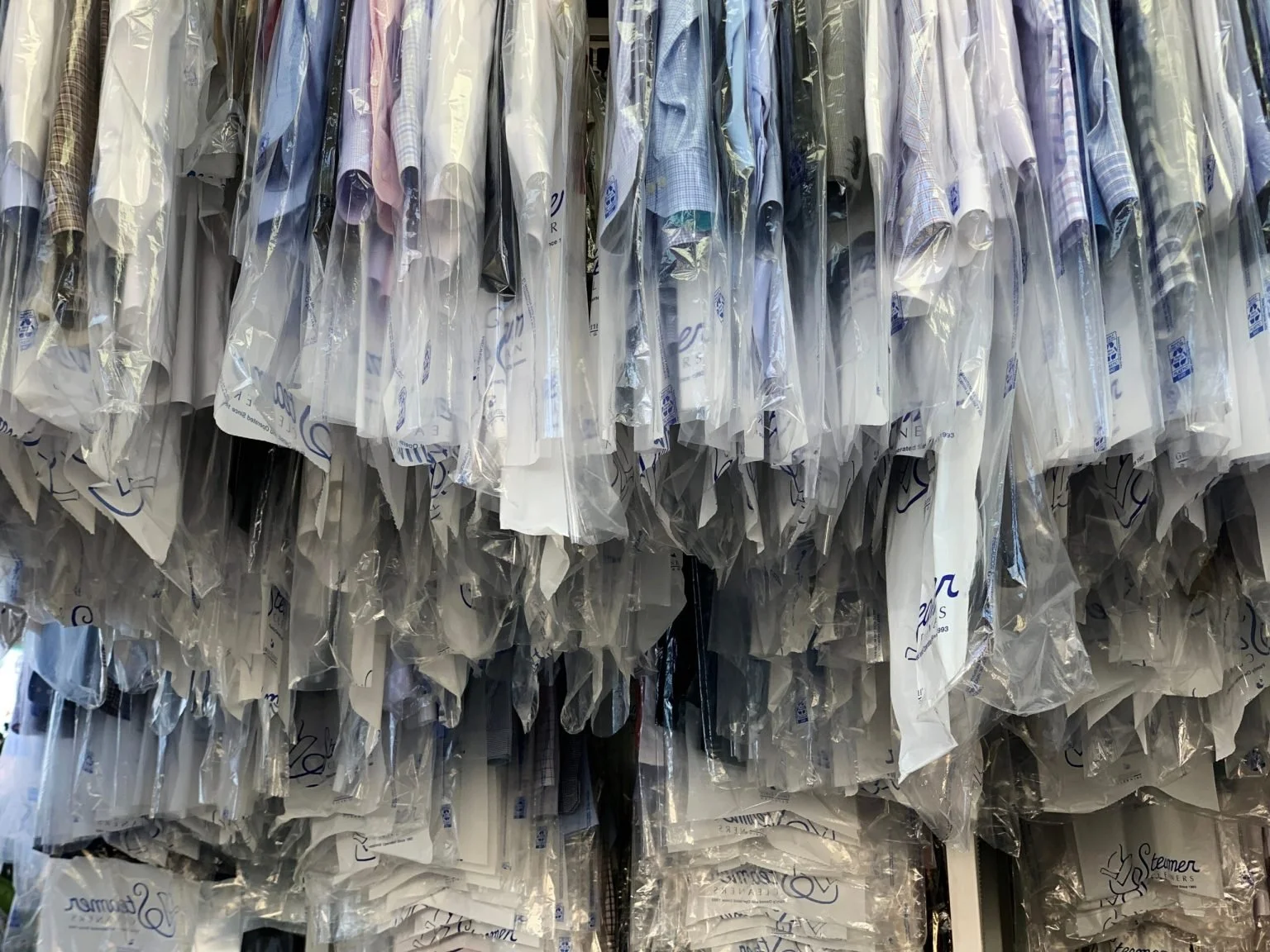


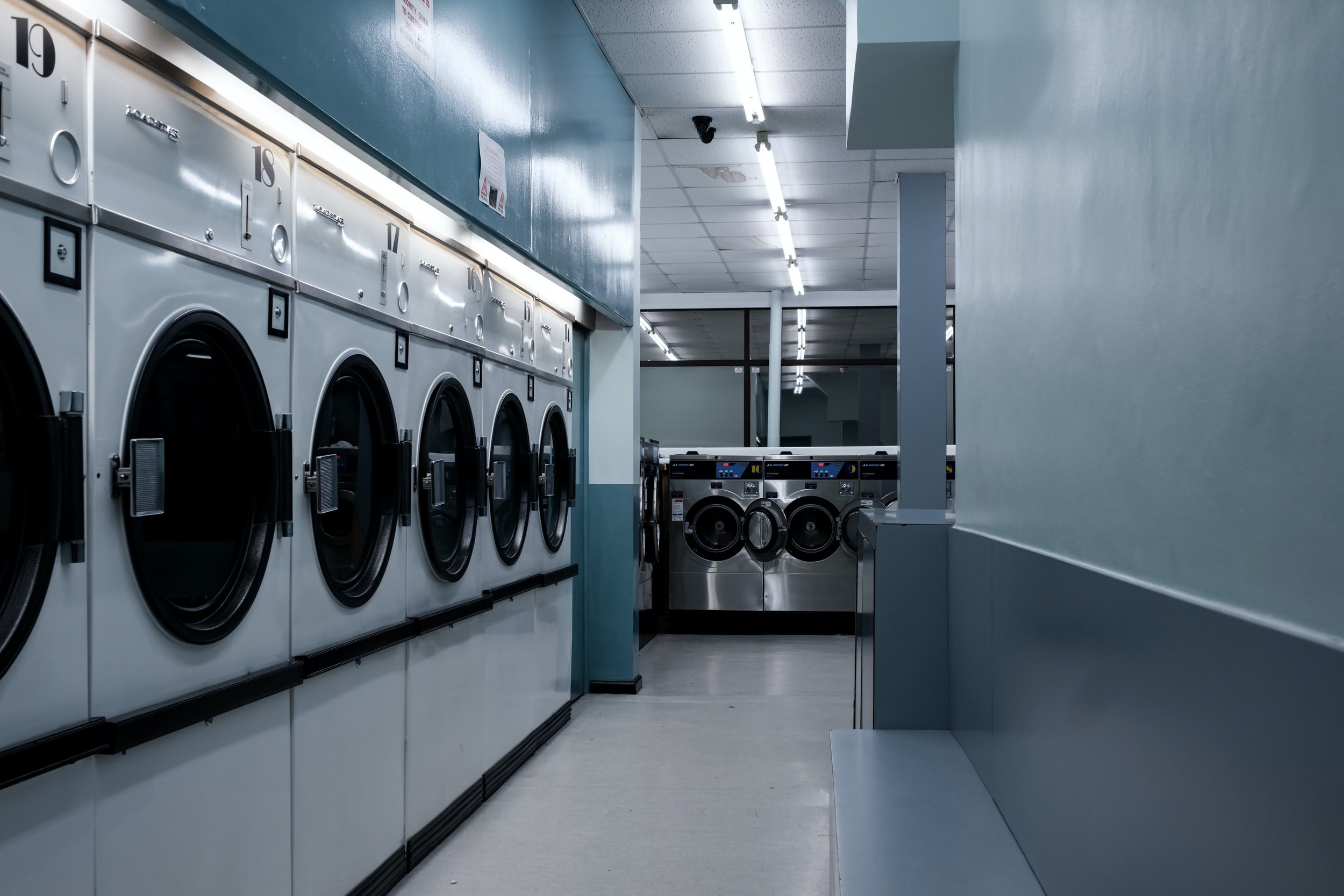

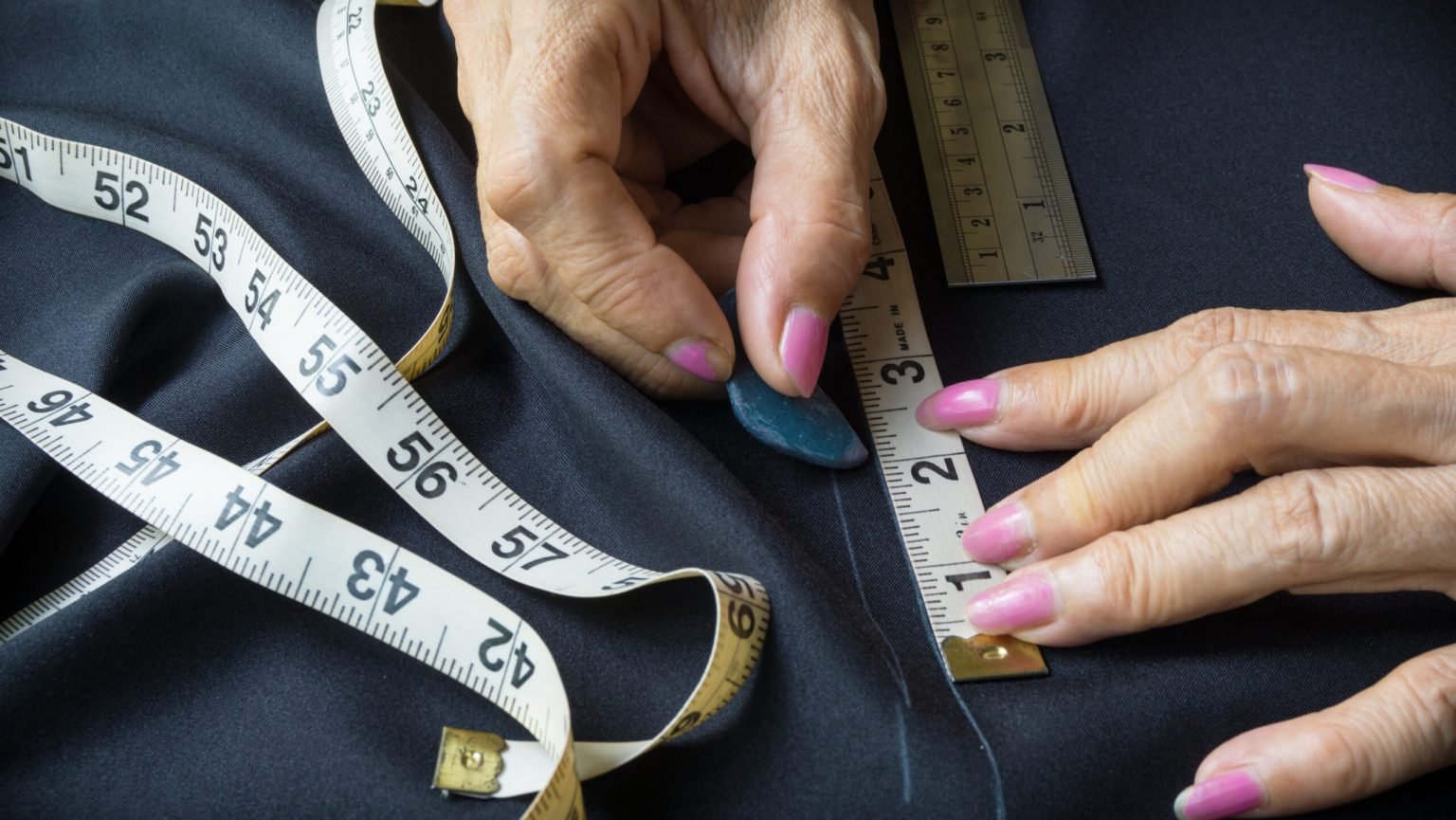
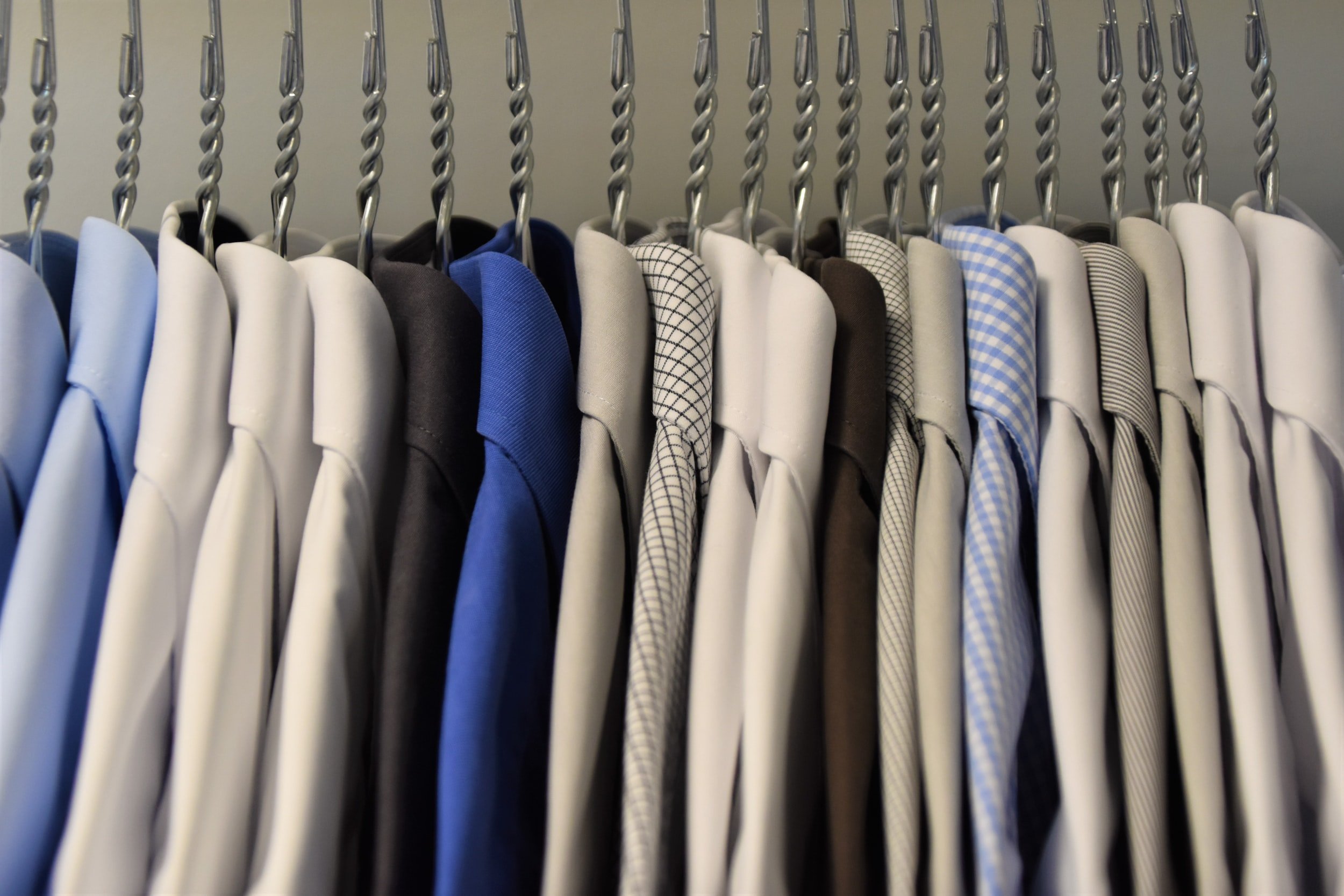

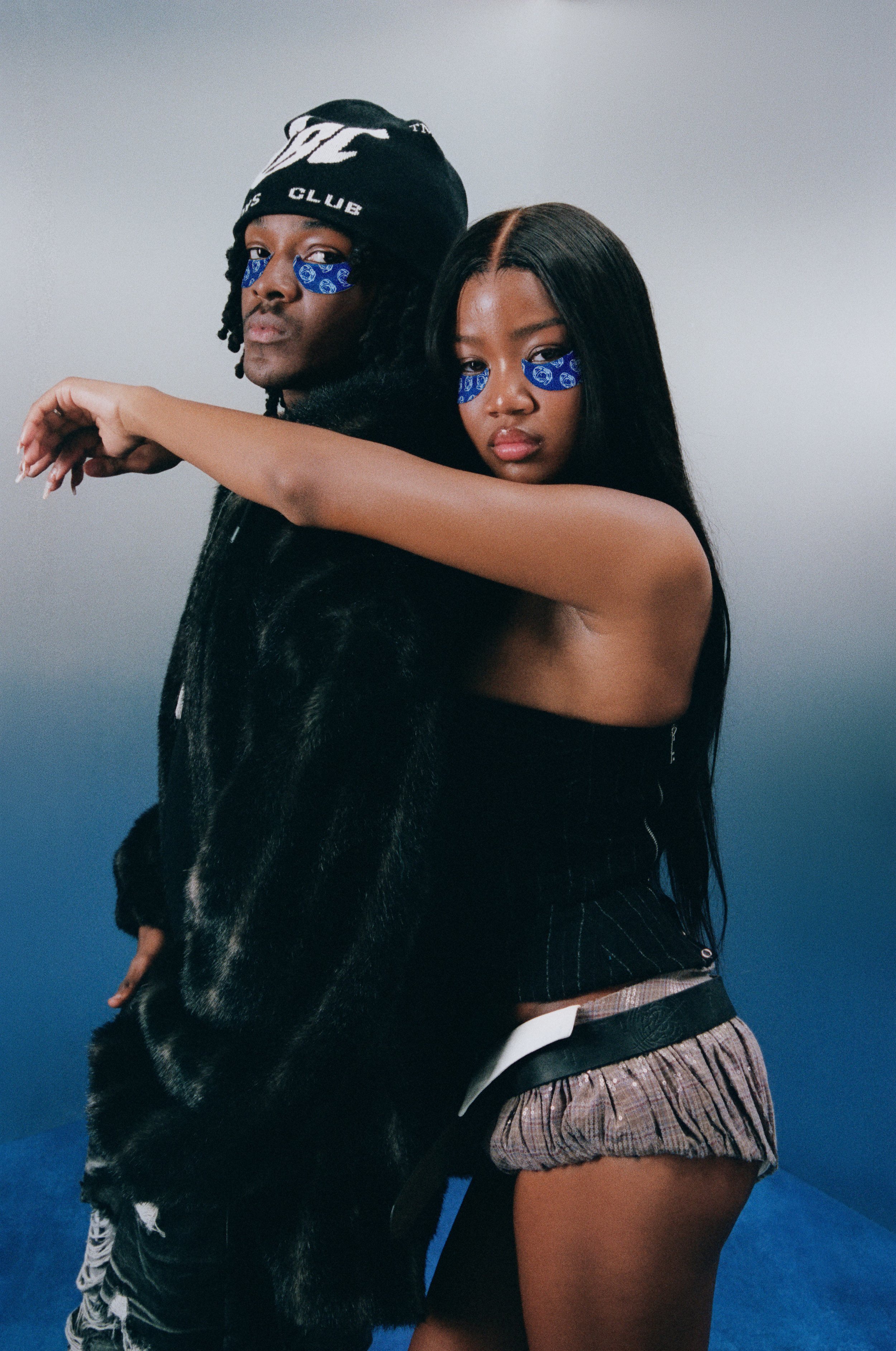



Miami Art Week 2025 Powered by Art Hearts Fashion closed out the year with a high-impact, citywide series of runway shows, designer debuts, and star-studded events across Miami’s most iconic venues, celebrating global creativity, inclusivity, and the intersection of fashion, art, and culture.